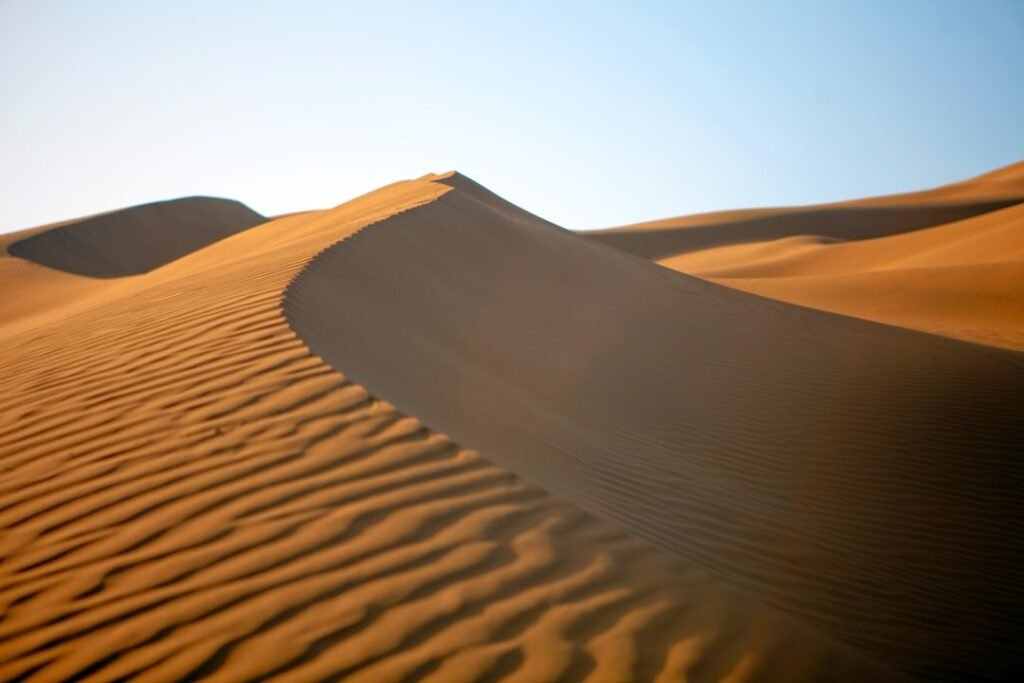Every year, drivers in desert regions watch a strange, silent procession: hills of sand advancing across asphalt, swallowing guardrails and warning signs as if the road were a riverbed. The spectacle invites a deeper question that sounds almost mystical – do dunes, in some sense, breathe? Scientists say the answer is both yes and no, and the truth is more fascinating than folklore. From the whisper of moving grains to the thunder of rare “booming” avalanches, dunes are dynamic bodies shaped by wind, air pressure, and heat. Understanding how they move and “exhale” air helps engineers keep highways open and reveals how climate shifts could redraw desert maps in the coming decades.
The Hidden Clues
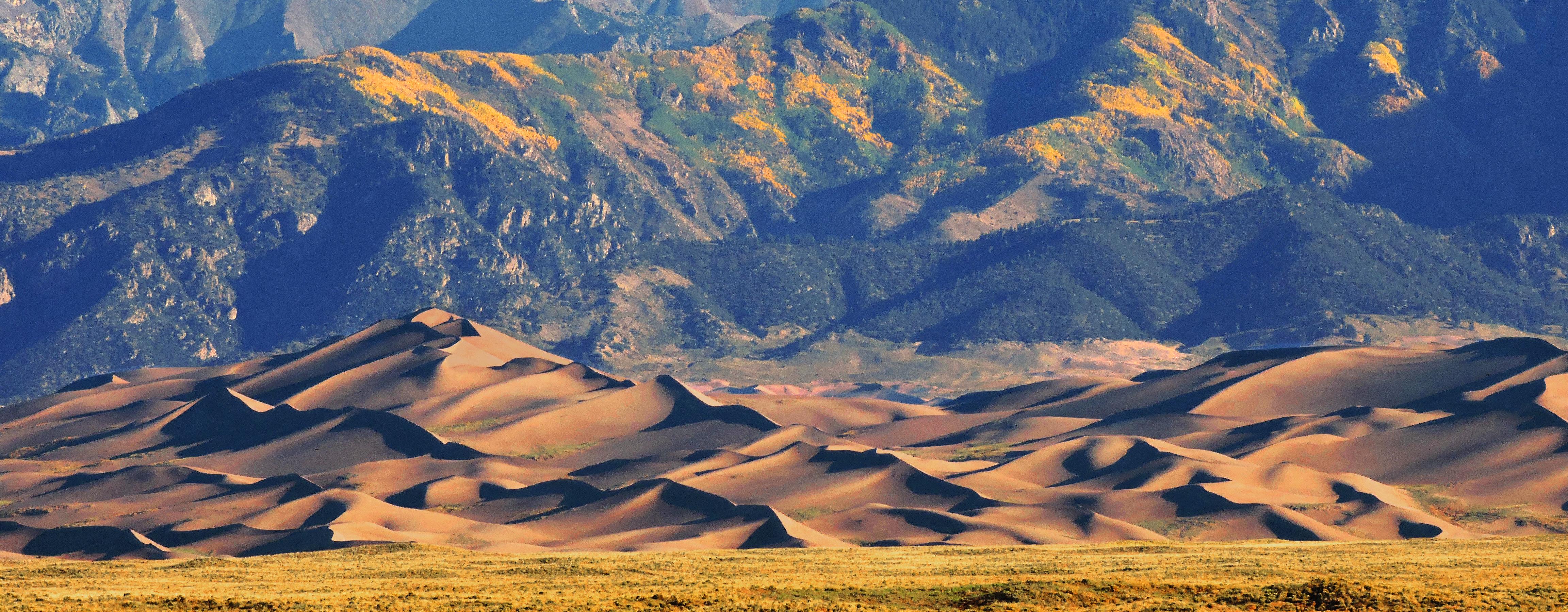
What if a hill could inhale at dawn and sigh at dusk? Stand near a dune at sunrise, and you’ll feel cold air slide down its slip face while warmer air begins to rise through its pores, a daily pulse driven by temperature differences. This porous structure – think of it like a giant, airy sponge – lets air flow in and out, ferrying moisture and heat along with it. As wind pushes grains over the crest, the dune is also quietly exchanging gases with the atmosphere.
These subtle signals are easy to miss from ground level. But watch time-lapse footage and the dune’s pulse sharpens into view: ripples marching like conveyor belts, faces collapsing in slow-motion avalanches, and the whole landform inching forward. The effect is not lungs expanding and contracting, but the net result looks uncannily alive.
From Ancient Tools to Modern Science
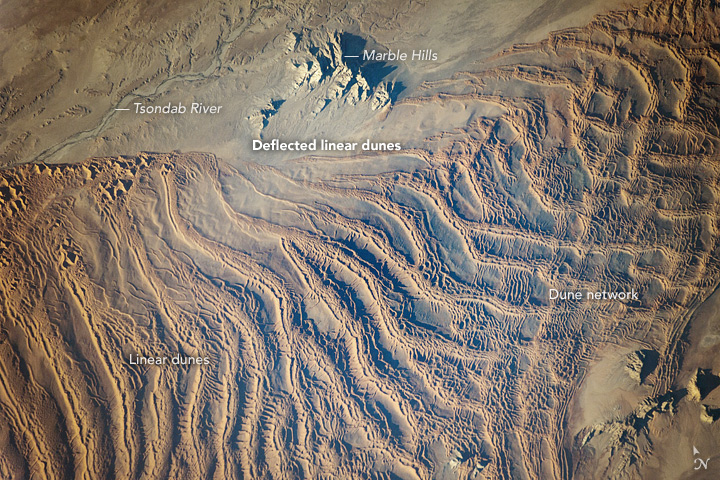
For centuries, desert travelers gauged dune movement with little more than footprints and memory, returning to the same ridge to see how far it had crept. Today, scientists anchor that intuition with drones, laser scanning, and constellations of satellites that revisit the same patch of Earth every few days. High-resolution imagery tracks sand stripes slipping down the lee side, while LiDAR pinpoints height changes measured in inches.
Ground sensors listen for the rattle of grain impacts and match those rhythms to gusts recorded by micro-weather stations. Even smartphone photogrammetry can turn a dozen roadside snapshots into a 3D model, letting researchers compare profiles month to month. The result is a living archive that turns a wandering dune into a measurable, predictable hazard.
How Dunes Walk
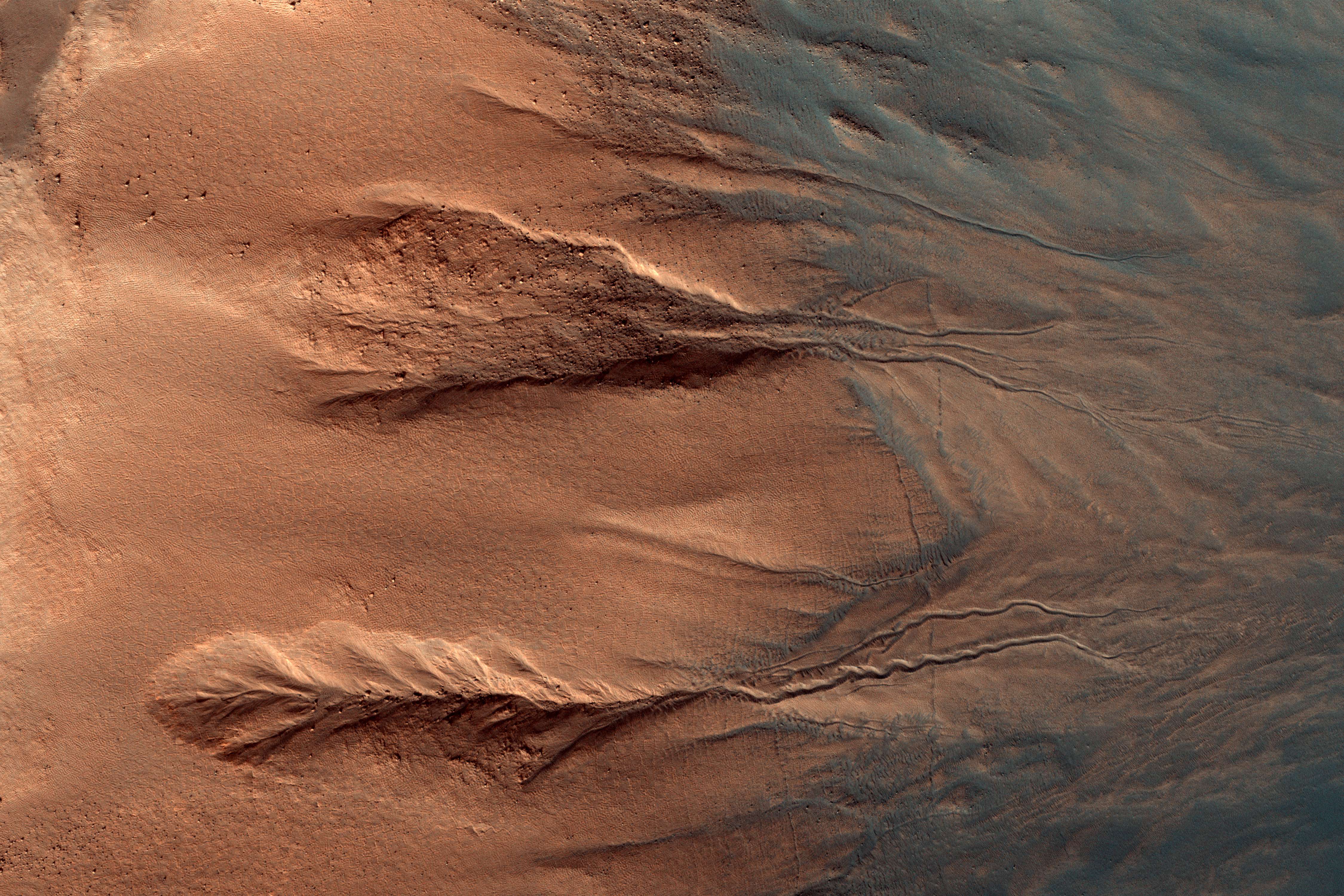
Wind is the engine, but grain-to-grain collisions are the transmission that keeps dunes moving. When gusts exceed a threshold, sand grains hop – saltation – bouncing forward and bumping others into motion, while the heaviest grains roll along like tiny bowling balls. Sand piles up near the crest until gravity overcomes friction and the slip face avalanches, sliding grains down the lee side.
Because the upwind face is rebuilt as fast as the lee face collapses, the dune migrates downwind, sometimes by several yards a year for large dunes and much faster for smaller, crescent-shaped barchans. Storm bursts can accelerate the march, temporarily tipping the balance between deposition and collapse. Shape matters, too: tightly curved barchans with sharp horns often outpace sprawling linear dunes that behave more like sluggish freighters.
Booms, Whispers, and the Myth of Breathing
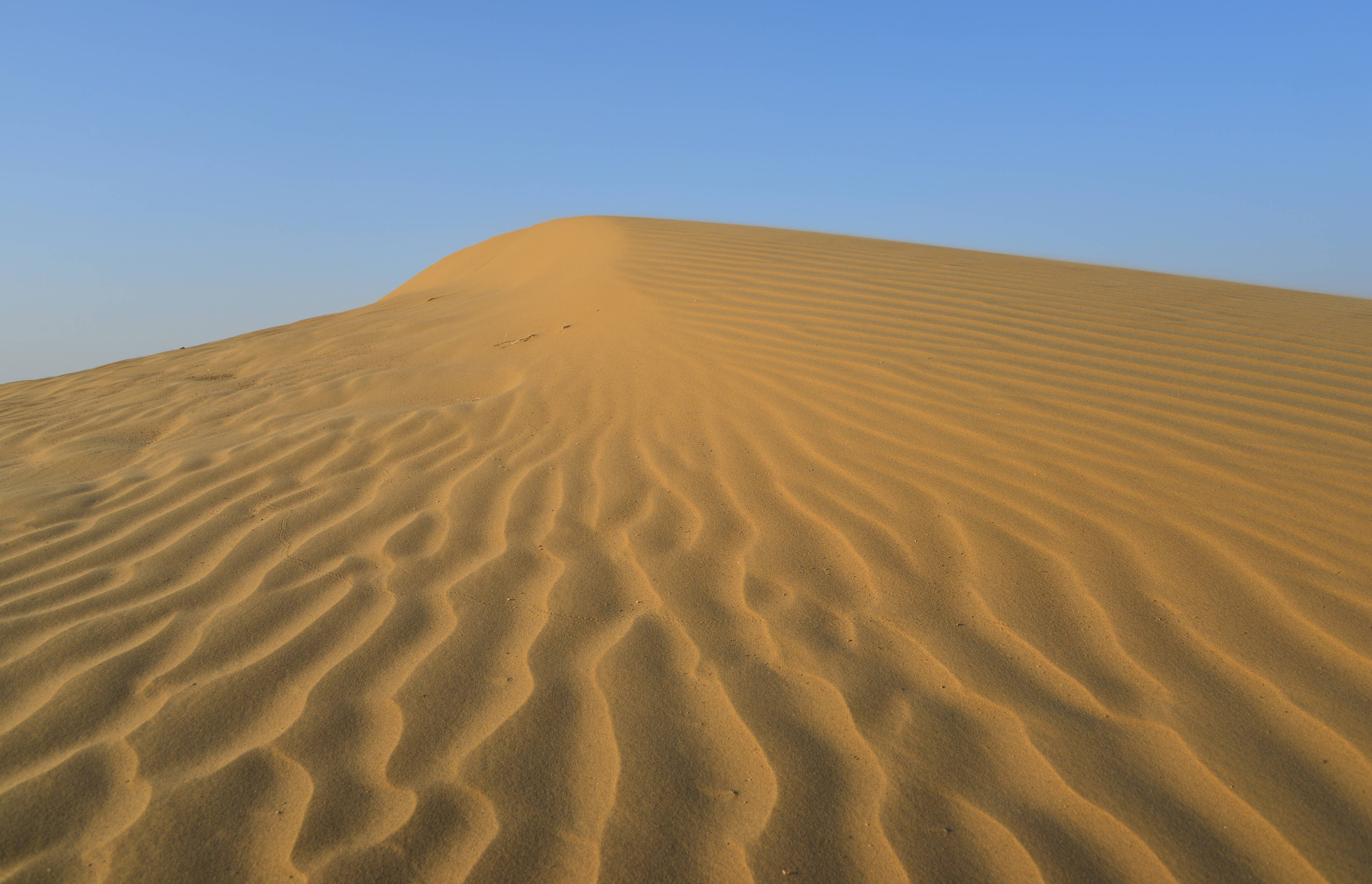
Dunes do not inhale air like animals, but they do “breathe” in a physical sense when pressure and temperature gradients pump air through their interior. As daytime heat expands air in the pores and nighttime cooling contracts it, a subtle ventilation circulates moisture and trace gases. On rare occasions, an avalanche of well-sorted, dry grains can resonate and produce a bass-like boom, a natural instrument tuned by grain size and humidity.
None of this mysticism means the dune is alive; it’s the predictable, repeatable choreography of physics. Still, the feedbacks are exquisite: airflow shapes the dune, and the dune bends the airflow, focusing gusts that trigger the next cascade. What we call breathing is the dune’s way of exchanging energy and air with its environment, a heartbeat you can’t hear unless you know where to listen.
Highways in the Crosshairs
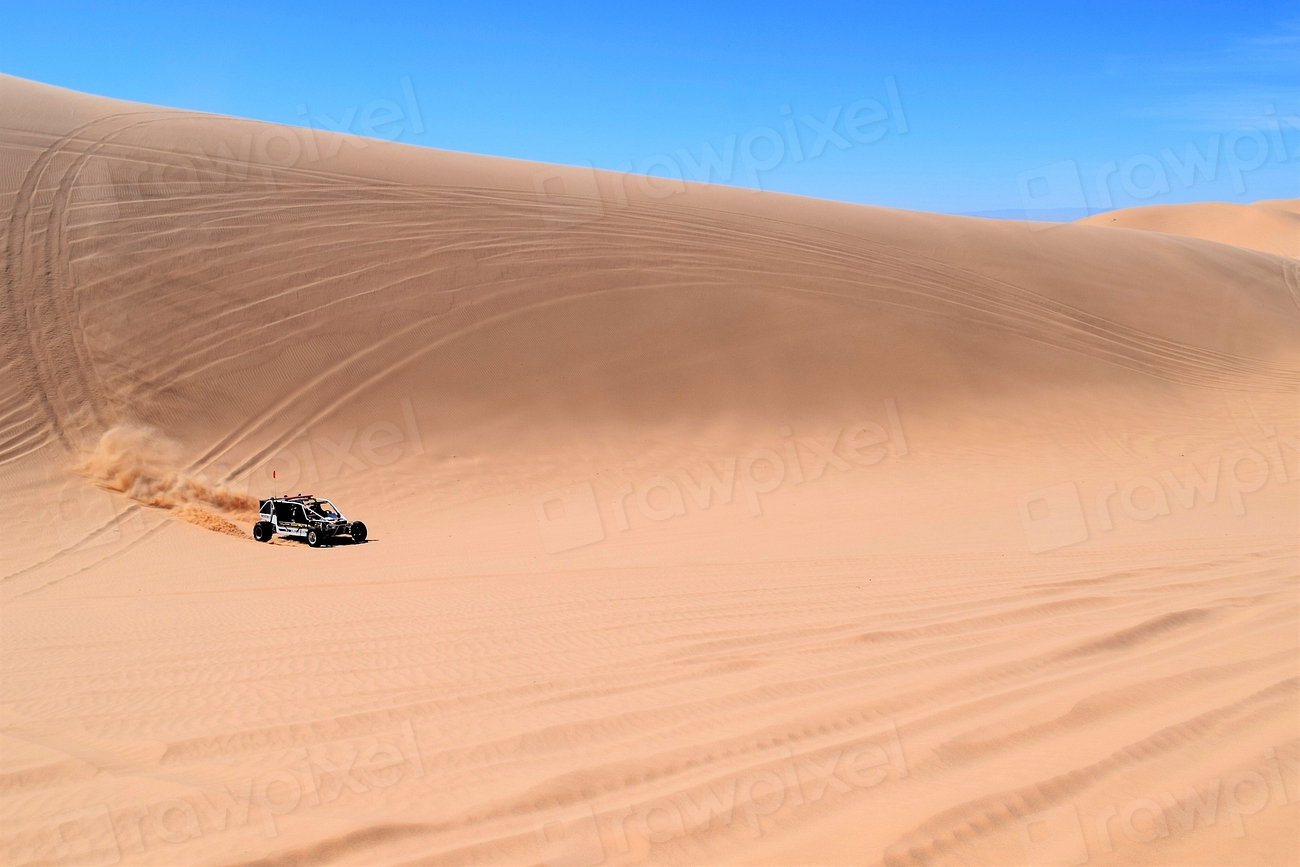
When a dune’s path intersects a road, the outcome is usually a slow-motion landslide measured in dump truck loads. Crews can clear a lane in a morning only to find the same drift returning after lunch, because the dune’s supply lines – wind corridors and upwind sand fields – remain wide open. Across North Africa, the Middle East, and parts of coastal California, sand fences, brush barriers, and gravel berms try to break the wind into eddies that drop their cargo before it reaches the pavement.
Some of the most ambitious defenses ring desert highways with vegetation belts or straw checkerboards that roughen the surface, stealing energy from the wind. These methods can be remarkably effective, but they demand relentless maintenance as storms rearrange the playing field. Without upstream sand management, a road becomes a treadmill under a marching hill.
Why It Matters
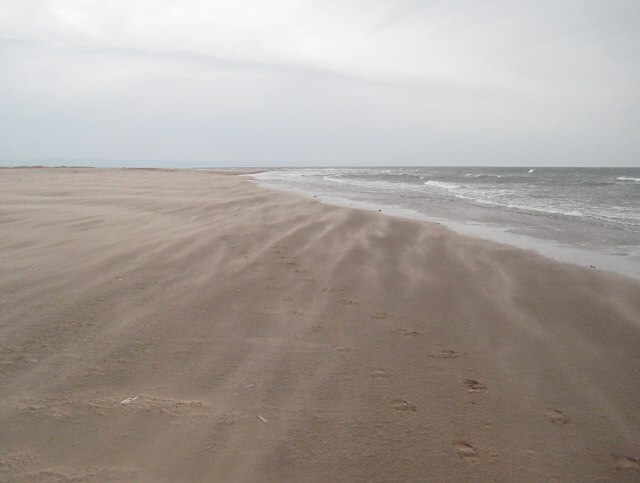
Old-school mitigation focused on reacting – plow the road, pile the drifts, repeat – treating dunes like seasonal snow. That approach burns fuel, budgets, and time, while doing little to alter the underlying flow of sand. Modern science shifts the playbook to prediction and prevention: map the sand sources, model the wind, and place interventions where they disrupt the conveyor belt instead of merely sweeping its output.
The payoff reaches beyond road crews. Dunes archive wind patterns and storm histories in their internal layers, offering climate clues that complement tree rings and ice cores. Understanding how and why dunes migrate helps planners site solar farms, protect pipelines, and forecast dust emissions that can affect air quality hundreds of miles away. In short, dunes are both a hazard and a high-resolution record of the atmosphere at work.
Global Perspectives
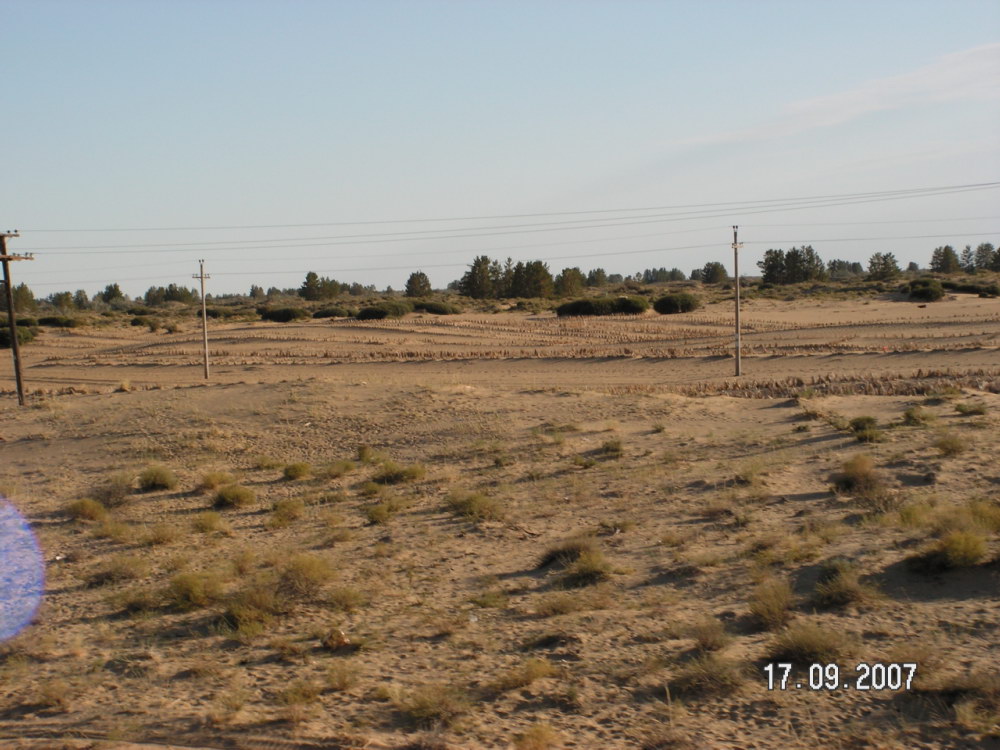
In China’s Taklamakan, roadside shelterbelts tether dunes with water-thrifty shrubs, while straw grids stabilize the ground long enough for roots to take hold. Along Morocco’s desert highways, staggered fence lines create a sacrificial zone where sand can safely pile up, sparing the asphalt further downwind. In Peru’s coastal deserts, engineers armor the upwind shoulder with gravel and orient new cuts to reduce the formation of dangerous lee-side eddies.
Coastal dunes add another layer of complexity: wind moves the sand, but waves reset the board, making interventions a choreography between ocean and atmosphere. In the American West, managers experiment with temporary fencing and seasonal speed reductions where visibility crashes during sandbursts. Each solution is local, but the principles rhyme: slow the wind, trap the sand early, and plan for the dune’s next move, not its last one.
The Future Landscape
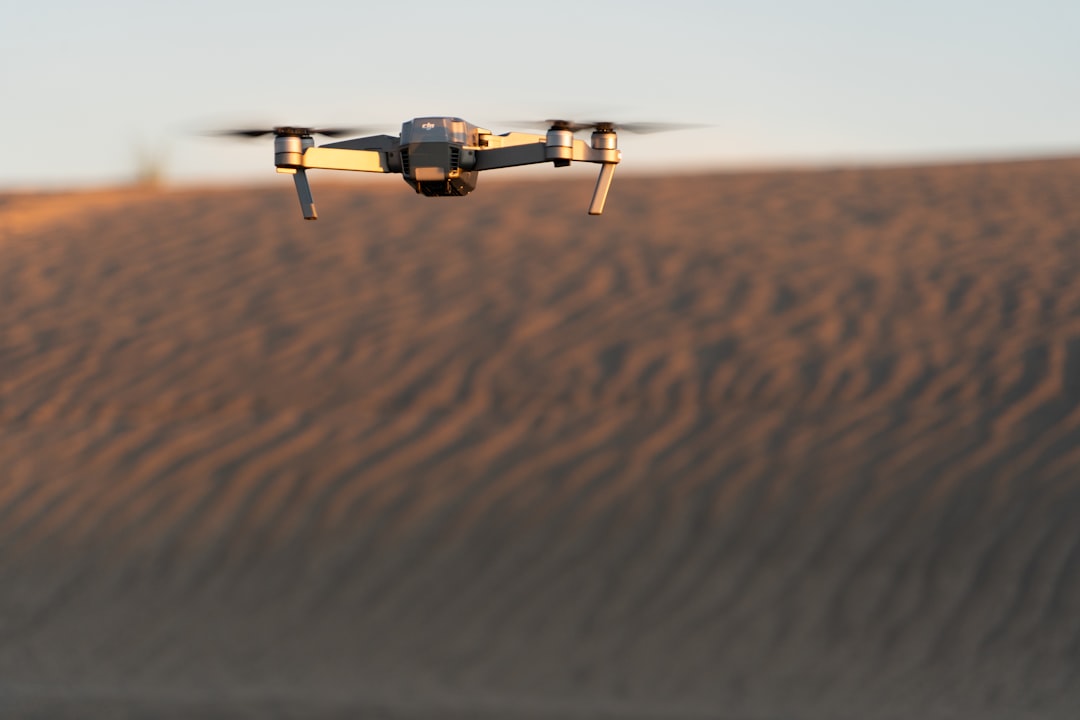
As climates warm in many arid regions, shifting storm tracks and drying soils may supercharge the sand supply and alter prevailing winds. That means some dune fields could wake up, while others stall, redirecting the hazard maps that planners have relied on for decades. New tools – AI models trained on satellite time series, drone swarms that fly automated surveys, and low-cost grain-impact sensors – promise earlier warnings and more surgical interventions.
Engineers are also testing biodegradable fences that break down once vegetation takes over, reducing maintenance waste. In sensitive habitats, targeted surface roughening using natural materials can nudge dunes without blocking wildlife corridors. The goal is to turn brute-force clearing into data-informed gardening, guiding a restless landscape with a lighter touch.
What You Can Do
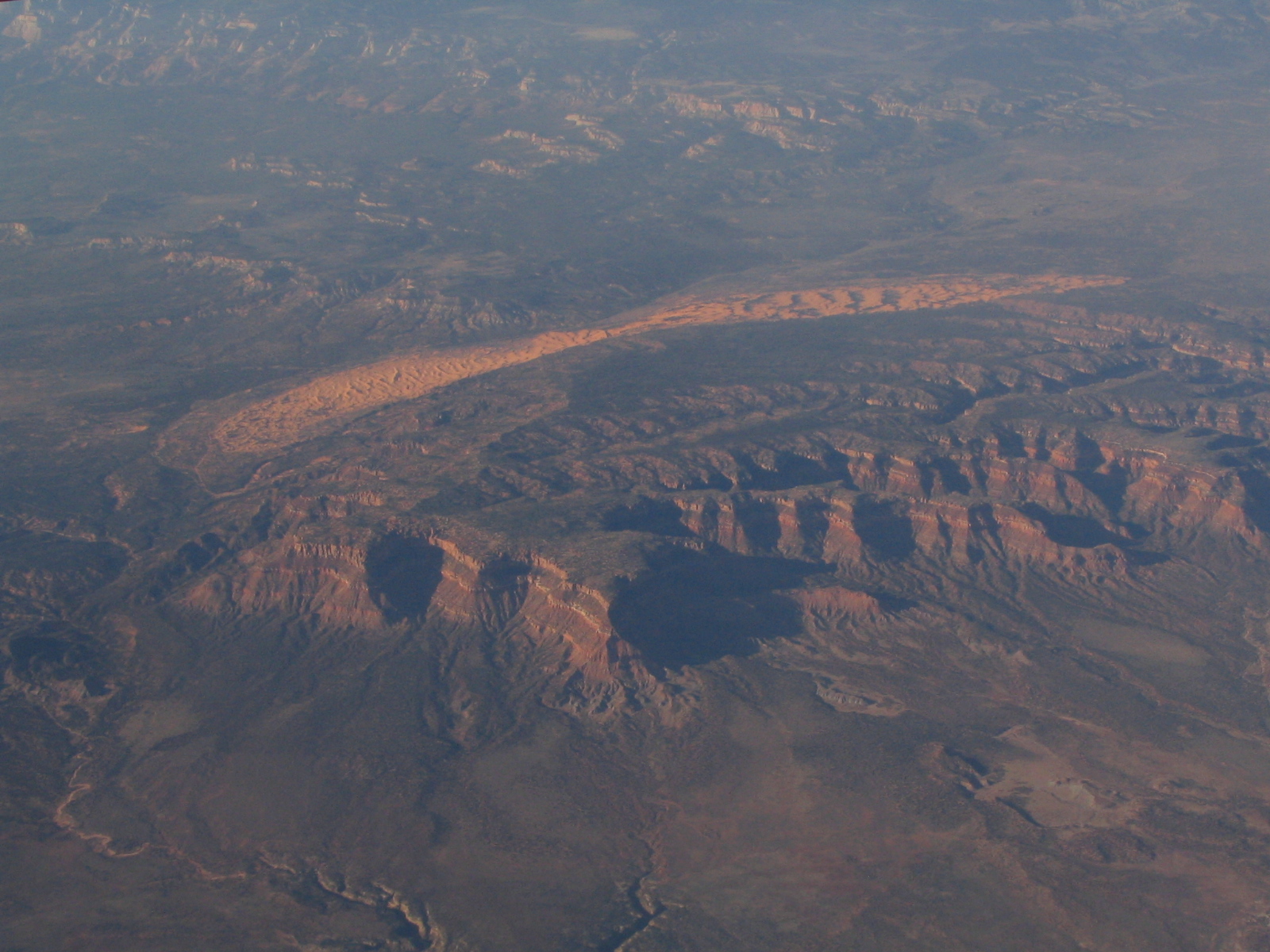
If you live near dunes, small choices ripple outward. Stay on designated tracks so fragile crusts and grasses that help pin sand aren’t crushed underfoot or tire. Support local efforts to restore native vegetation and report recurring sandbursts on road segments where visibility and traction fail, giving responders the data they need to act before the next storm.
Travelers can snap geotagged photos from safe pullouts and share them with community science projects that build long-term records of dune motion. Teachers can fold dune dynamics into lessons on climate, physics, or local history, tying wind maps to real places students know. The more eyes on these marching hills, the smarter our collective response becomes – because when the landscape seems to breathe, shouldn’t we listen and adjust our own?

Suhail Ahmed is a passionate digital professional and nature enthusiast with over 8 years of experience in content strategy, SEO, web development, and digital operations. Alongside his freelance journey, Suhail actively contributes to nature and wildlife platforms like Discover Wildlife, where he channels his curiosity for the planet into engaging, educational storytelling.
With a strong background in managing digital ecosystems — from ecommerce stores and WordPress websites to social media and automation — Suhail merges technical precision with creative insight. His content reflects a rare balance: SEO-friendly yet deeply human, data-informed yet emotionally resonant.
Driven by a love for discovery and storytelling, Suhail believes in using digital platforms to amplify causes that matter — especially those protecting Earth’s biodiversity and inspiring sustainable living. Whether he’s managing online projects or crafting wildlife content, his goal remains the same: to inform, inspire, and leave a positive digital footprint.

